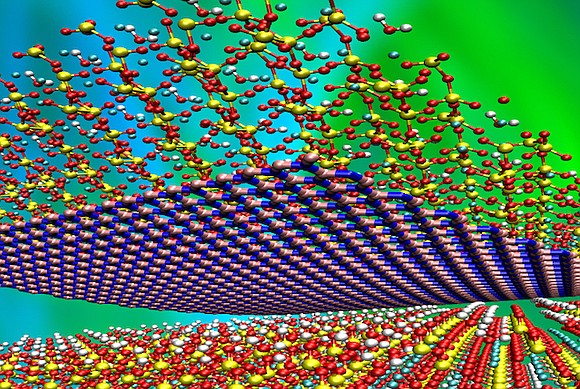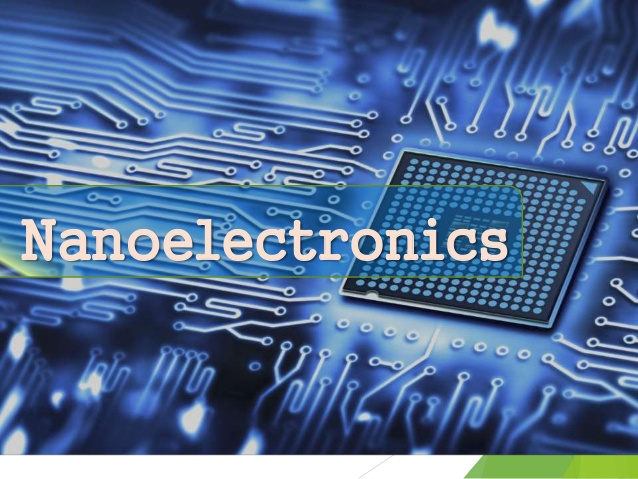🔬 Biological _ Electrical Nanosensors Section
Biological nanosensors and ( microelectronic devices) Lab on a chip Diagnostic laboratories
Researcher and Author: Dr. ( Afshin Rashid)
Note: The proliferation and expansion of Lab-on-a-Chip diagnostic nanosensors in DNA detection is the more specialized performance of nanochips or gene and protein microarrays containing markers against the entire human genome to examine genetic changes.
Gene and protein microarrays in very small sizes with the ability to make molecular diagnoses based on DNA sequences and human proteins and other pathogens that are used for research purposes. With the proliferation of biological nanosensors and Lab on a chip microelements, medical diagnostic laboratories are able to examine and measure hundreds of biological substances from counting blood cells to detailed examination of blood factors and other body fluids and tissues, clinical pathology laboratories, types of imaging systems such as radiology, ultrasound, endoscopy, CT scan, MRI and other specialized diagnostic methods for examining various diseases such as angiography, echocardiography, electrocardiography and EKG and other organs have been greatly developed. With the development of human knowledge in the fields of cellular and molecular sciences, genetics, and identification of genes that cause various diseases, determining the genome sequence of pathogens, examining and comparing them, and creating genomic databases, developing molecular diagnostic methods, specialized laboratories use these methods for accurate diagnosis of infectious pathogens, some genetic disorders, and even in some cases for prenatal diagnosis and the possibility of the fetus suffering from severe hereditary diseases, and determining the sex of the fetus.
(Microarray technology) Gene and protein arrays Although several years have passed since the structure and sequence of the human genome were identified and it has been determined that the human genome consists of 3 billion nucleotides and about 30,000 genes, there has been no major breakthrough in solving hereditary diseases and discovering the causes of various human diseases due to the complexities of the human genetic structure and the various factors affecting it. This is because it was previously assumed that one gene was responsible for an activity and experts studied the structure and function of individual genes and proteins separately. However, it has now been determined that multiple genes play a role in some disorders and that a cascade of processes play a role in a disease or cellular and tissue damage. As a result, a method must be devised to simultaneously examine the sequence, diversity, gene differences, structure, and activity of tens, hundreds, and thousands of genes and proteins simultaneously.
By combining molecular technologies, microelectronics, robotics, nanotechnology, polymer chemistry and molecular connections, it has become possible to attach hundreds and thousands of specific markers (probes) of various genes and proteins in very small amounts (nanoliters) using very fine needles on the surface of a microscopic glass slide in regular rows (arrays). In this way, by adding a sample containing healthy and diseased Protein-RNA-DNA, it is possible to examine genetic changes in various genes and proteins .
Researcher and Author: Dr. ( Afshin Rashid)
Specialized PhD in Nano-Microelectronics





